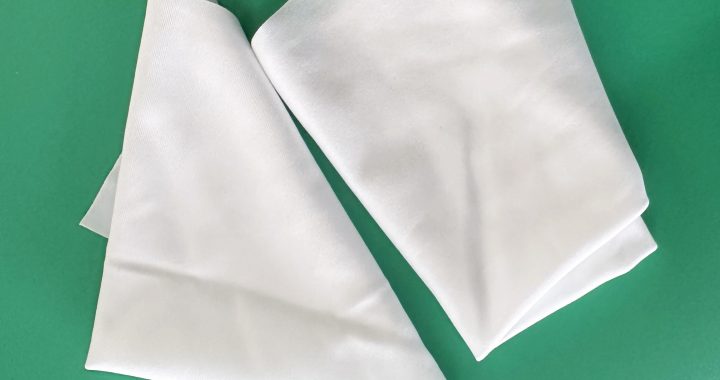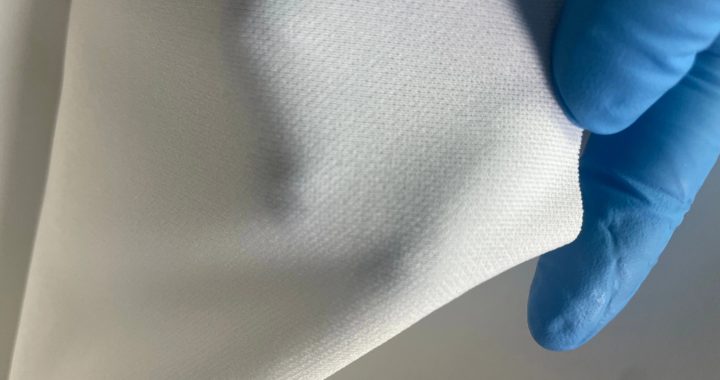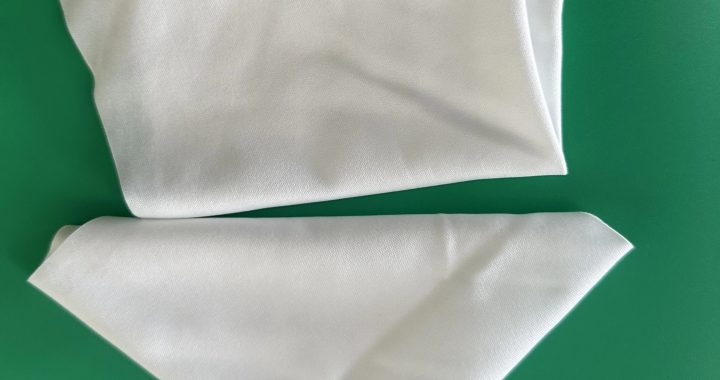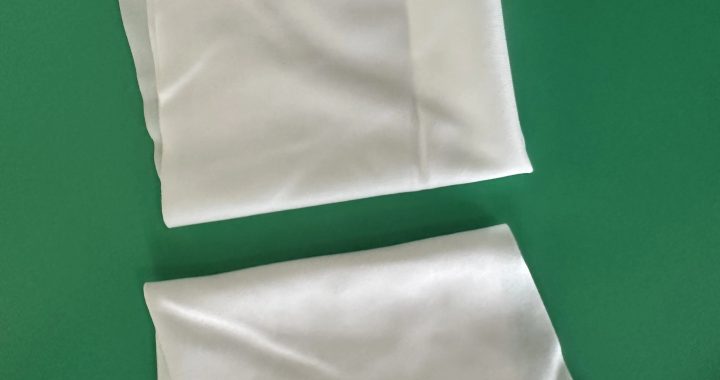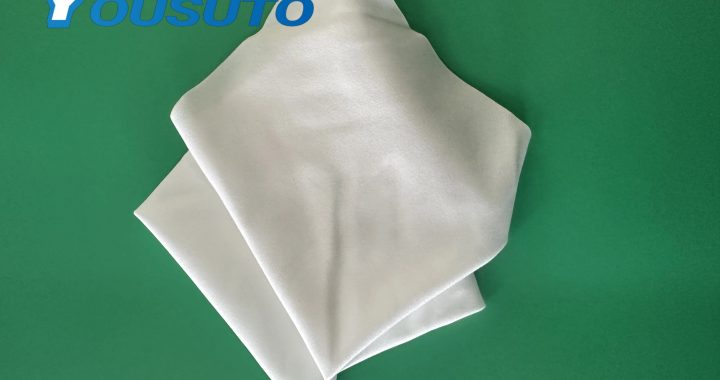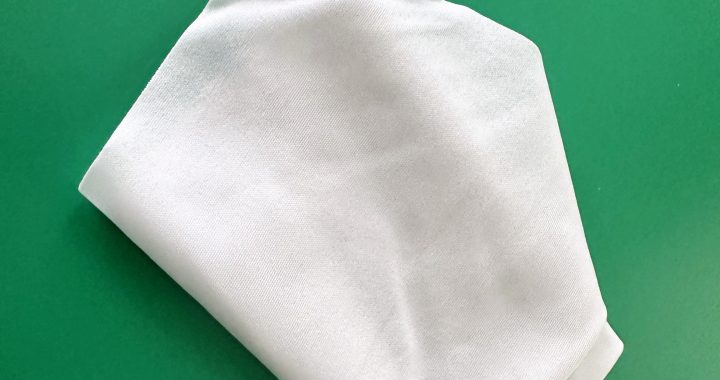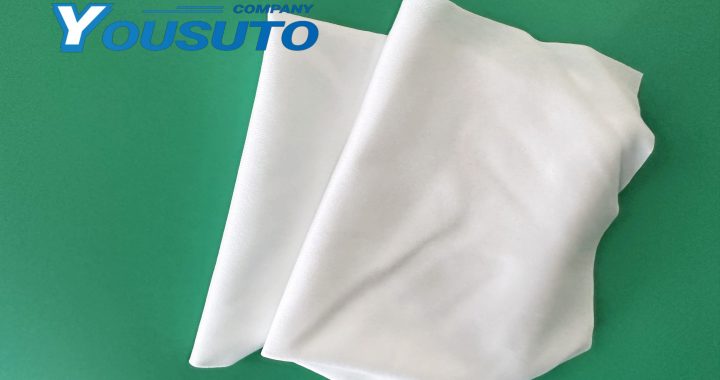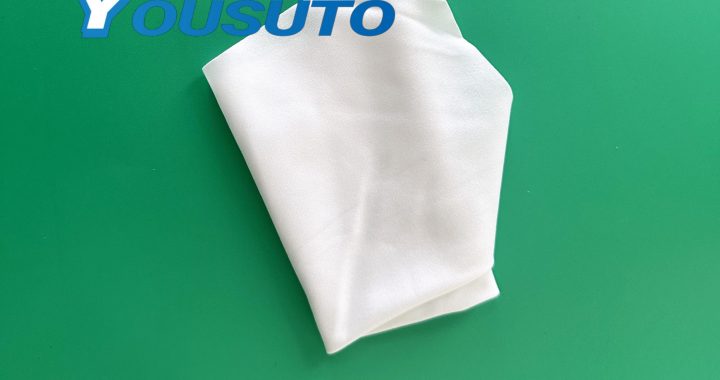Dust-free cleaning wipes are essential for maintaining optical instruments such as microscopes, cameras, spectrometers, and lenses. Lint-free and high-density fibers efficiently remove dust, oils, flux residues, and microscopic contaminants without scratching delicate surfaces. For best results, use pre-wetted wipes with high-purity solvents for stubborn residues, and employ single-direction wiping motions to minimize particle redistribution. Anti-static properties prevent electrostatic discharge (ESD) that can attract dust or damage sensitive optical components. Implementing these techniques ensures optimal cleaning efficiency, preserves optical clarity, and extends the lifespan of precision instruments in Class 100–1000 cleanroom environments.
Key Features:
-
Lint-free, high-density fibers for scratch-free cleaning
-
Pre-wetted or dry for flexible cleaning options
-
Anti-static to prevent ESD and particle attraction
-
Efficient removal of dust, oils, and microscopic residues
Application Scope:
-
Laboratory microscopes and optical lenses
-
Cameras and imaging systems
-
Spectrometers and precision optical instruments
